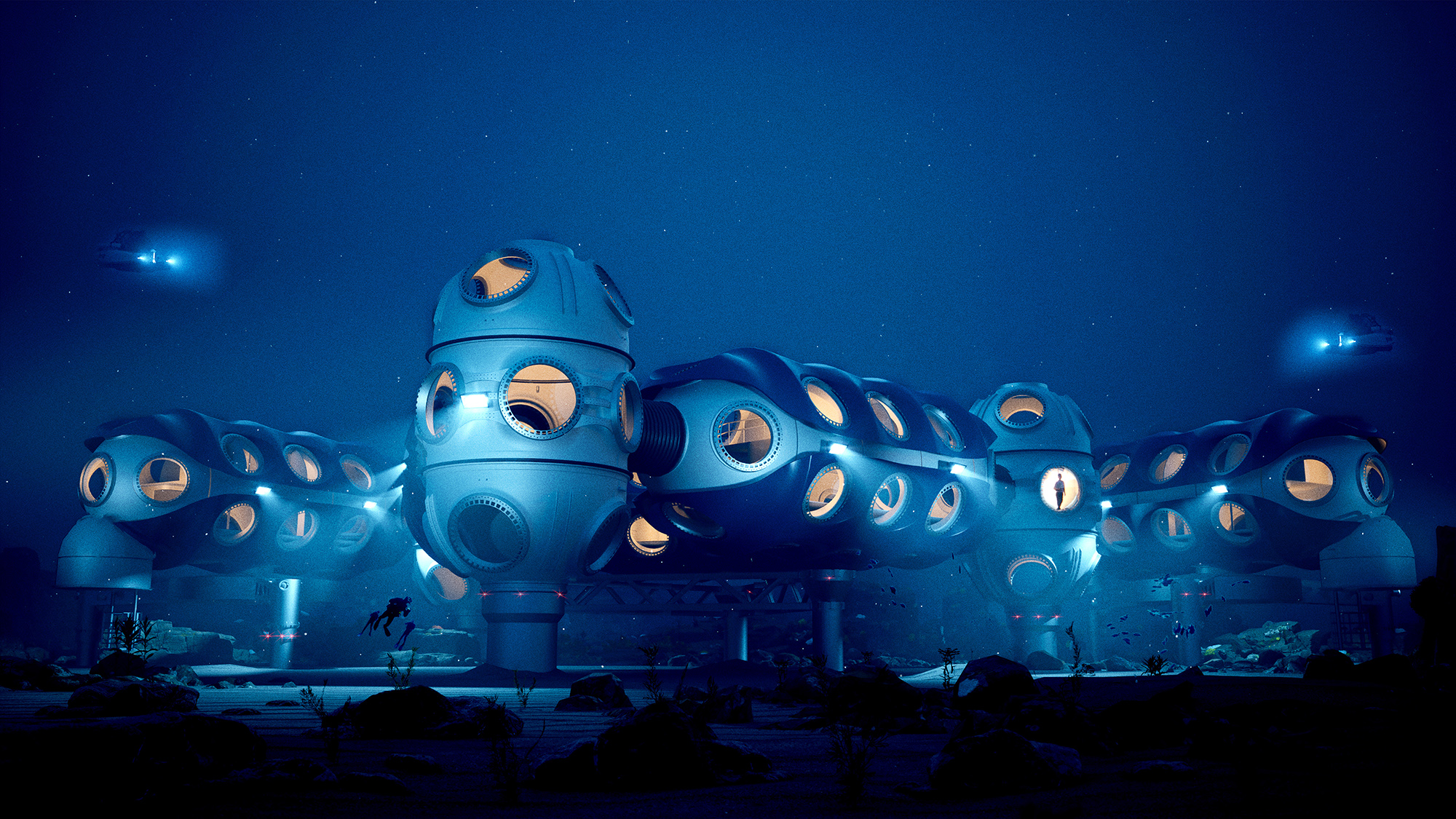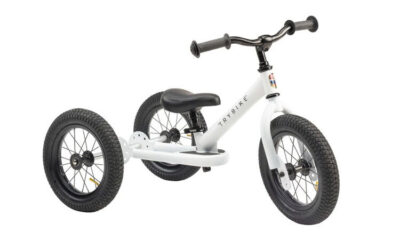Gadgets
The company spending millions to build an underwater human settlement

For centuries, humanity has been fascinated with exploring the depths of the ocean. From early concepts of submarines and diving bells in the 16th century to modern advancements in submersible technology, the ability to spend extended periods underwater has become a reality. One British company called “Deep” is now pushing the boundaries by working towards creating a permanent human settlement under the sea with the backing of an anonymous investor, as reported by The Guardian.
Deep’s plan involves the development of specially designed, house-sized submersibles known as “sentinels.” These mobile research stations could potentially house residents at 80 meters below the ocean’s surface, providing scientists and researchers with extended access to unexplored deep-sea areas. The underwater homes could also attract wealthy deep-sea tourists looking for unique experiences surrounded by the ocean.
What will the underwater homes look like?
Deep’s sentinel units are being tested at their facility in Gloucestershire, featuring multiple bedrooms, a communal area, a kitchen, and even a bathroom with running water and a toilet. These units are designed to accommodate up to six people and can be combined to form underwater research stations. Constructed with special steel to withstand pressures up to 200 meters below the surface, Deep plans to initially place the units at a depth of 80 meters before further exploration.
The main goal of this project is to facilitate scientific research and exploration of the ocean. By enabling researchers to spend extended periods comfortably at lower depths, Deep aims to provide a sustained presence for detailed studies of remote ocean areas. The onboard recreation areas can also serve as underwater laboratories. While the initial plan is for participants to spend 28 days underwater, the long-term vision, according to Deep’s chief operating officer Mike Shackleford, is to establish permanent human settlements in all oceans worldwide.
“The goal is to live in the ocean, forever,” Shackleford told The Guardian. “To have permanent human settlements in all oceans across the world.”
How human could survive underwater
Living underwater requires psychological adjustments, such as breathing a helium and oxygen mix to avoid nitrogen narcosis. For residents of the sentinels, a principle known as saturation is crucial. This equilibrium of inert gases in body tissues allows individuals to stay at lower depths for extended periods without needing additional decompression time. The potential physiological impacts of long-term deep-sea living are still uncertain, with sleep disturbances and mental health concerns being immediate challenges.
While Deep is collaborating with an international accreditation agency to ensure safety regulations are met, the unique challenges of the ocean present ongoing risks. Shackleford acknowledged these challenges in The Guardian, emphasizing the inherent dangers of living in the ocean.
“Basically, everything wants to kill you,” he said.
Humans are testing the limits of livability
Private companies and nations are exploring new frontiers in human habitation, from underwater settlements to lunar bases. Architectural firms like the Bjarke Ingels Group are designing concepts like “Oceanix City” for ocean living, while NASA and China are planning for extended stays on the moon. As humanity pushes the boundaries of where we can live, innovative solutions like Deep’s underwater homes represent the next frontier in sustainable living.
Elon Musk, the founder of SpaceX, has long dreamed of establishing a human colony on Mars. However, the feasibility of this vision remains uncertain given the limitations of current technology.
In the meantime, the most accessible “alien” world may actually lie beneath the largely unexplored depths of the ocean surface.
The team at PopSci has dedicated countless hours to testing and reviewing a wide range of products to help you find the best gear and gadgets available for purchase.
-

 Destination7 months ago
Destination7 months agoSingapore Airlines CEO set to join board of Air India, BA News, BA
-

 Breaking News8 months ago
Breaking News8 months agoCroatia to reintroduce compulsory military draft as regional tensions soar
-

 Tech News11 months ago
Tech News11 months agoBangladeshi police agents accused of selling citizens’ personal information on Telegram
-

 Breaking News8 months ago
Breaking News8 months agoBangladesh crisis: Refaat Ahmed sworn in as Bangladesh’s new chief justice
-

 Guides & Tips9 months ago
Guides & Tips9 months agoHave Unlimited Korean Food at MANY Unlimited Topokki!
-

 Gaming8 months ago
Gaming8 months agoThe Criterion Collection announces November 2024 releases, Seven Samurai 4K and more
-

 Toys10 months ago
Toys10 months ago15 of the Best Trike & Tricycles Mums Recommend
-

 Tech News9 months ago
Tech News9 months agoSoccer team’s drone at center of Paris Olympics spying scandal
























